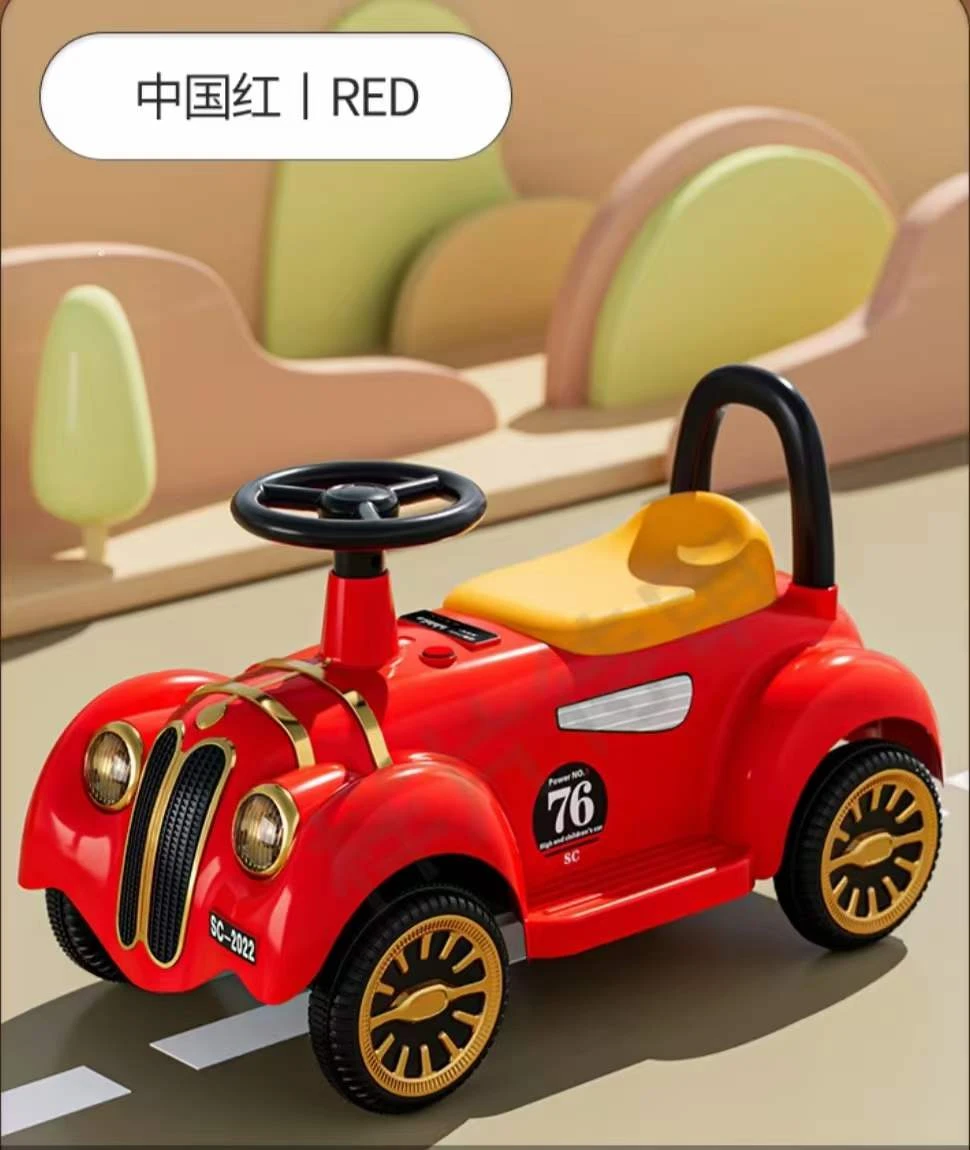Understanding the Appropriate Mountain Bike Size for Children Based on Height and Age Guidelines
Understanding Children's Mountain Bike Size Chart A Guide for Parents
Choosing the right mountain bike for your child is crucial, not only for their enjoyment but also for their safety and confidence as young riders. A bike that fits well can enhance their riding experience, making it easier for them to control the bike and ride with comfort. One of the most effective tools in helping parents make the right choice is the children's mountain bike size chart. This article will explore how these charts work and what to consider when selecting the perfect mountain bike for your child.
The Importance of Bike Size
Just as children come in different shapes and sizes, their mountain bikes should also be tailored to fit them. A bike that's too big can be difficult to control and may lead to accidents, while a bike that's too small can be uncomfortable and limit their growth potential in the sport. A properly fitted bike allows children to develop their skills, build confidence, and enjoy their time outdoors.
How to Use the Size Chart
Children's mountain bike size charts typically categorize bikes according to wheel size, measured in inches, which correlates with the height and age of the child
. Here’s a general breakdown of how to interpret these charts1. Bike Wheel Size The wheel size is the first key factor to consider. Common sizes for children's mountain bikes include 12”, 16”, 20”, 24”, and 26”. As a rule of thumb, younger children generally ride bikes with smaller wheels, while older or taller kids will usually need bikes with larger wheels.
childrens mountain bike size chart

2. Height and Age Guidelines Along with wheel size, size charts often provide height ranges (measured in inches or centimeters) and age recommendations. For example, a bike with 20-inch wheels is generally suitable for children who are around 4’0” to 4’5” tall and typically between 6 to 8 years old. Always check the specific manufacturer’s chart, as sizing can vary between brands.
3. Inseam Measurement One of the most accurate ways to determine bike fit is by measuring your child’s inseam. To do this, have your child stand up straight with their feet about 6 inches apart. Measure from the ground to the top of the inner thigh. This measurement can help you better gauge what size bike will allow them to comfortably reach the ground while seated.
Other Considerations
When choosing a mountain bike, there are additional factors to consider beyond the size chart
- Weight A lighter bike is easier for children to handle. Ensure the bike is not too heavy for your child to lift and ride comfortably. - Frame Geometry Different bikes have different frame geometries which can affect handling and comfort. Make sure to assess what feels best for your child. - Brakes and Gearing Ensure the bike has appropriate brakes for your child’s skill level. For younger children, simpler braking systems, like coaster brakes or easy-to-use hand brakes, are preferable. - Test Ride If possible, always opt for a test ride. Bring your child to a local bike shop where they can sit on different models and feel the differences.
Conclusion
The excitement of mountain biking can be a wonderful experience for children, but ensuring they have the right-sized bike is essential for a safe and enjoyable adventure. By utilizing a children’s mountain bike size chart and considering factors like inseam measurement and bike weight, you can select a bike that meets your child’s needs and preferences. With the right fit, your child will be ready to hit the trails, enjoy nature, and build lifelong cycling skills. Happy riding!
-
Why Ride On Toys Are Every Kid’s FavoriteNewsApr.03,2025
-
Why a Mountain Bike is Perfect for Outdoor AdventuresNewsApr.03,2025
-
Why a Baby Tricycle is the Perfect First RideNewsApr.03,2025
-
The Joy of Learning with a Kids Balance BikeNewsApr.03,2025
-
The Fun and Benefits of a Childrens ScooterNewsApr.03,2025
-
Find the Perfect Kids' Bikes for Fun and AdventureNewsApr.03,2025
-
Perfect Color for Your Mountain BikeNewsFeb.27,2025








